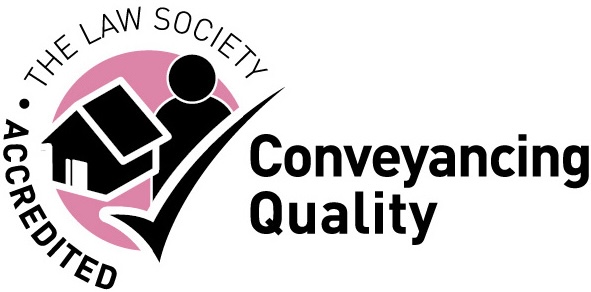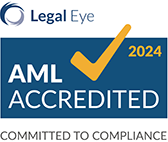If you have a public right of way over your land or you are considering buying a property with a public right of way crossing it, you need to be aware of the obligations that accompany it. You may also have questions about moving the path. We take a look at the legal situation.
Public rights of way have often been existence for many years. They may be footpaths, bridleways or cycle tracks. Local authorities have a definite map and statement for many public rights of way and when you purchase a property, they should be able to tell you whether a recorded right of way exists.
There are also numerous rights of way that are not recorded on definitive maps but that still exist. This includes paths that have been used openly and without force or the consent of the landowner for twenty years or more.
The local authority can be asked to add a right of way to its records if it is not already included.
What obligations exist in respect of a public right of way?
Landowners who have a public right of way crossing their property need to ensure that the path is not obstructed in any way. This includes deliberately blocking the path with a fence or hedge as well as allowing the path to become overgrown. If a path is blocked and the local authority has to remove the blockage, the landowner will be charged the costs of this.
The path cannot be cultivated and a wide enough passage must be maintained to allow someone to walk along it, usually 1.5 metres. Bridleways will need to be larger, generally 3 metres.
Any animals kept adjacent to the path or bridleway need to be safe for the public to walk past.
Gates and stiles also need to be maintained. The local authority may deal with some of the maintenance of the path and related structures. If they do not, some of the cost of paying for gates and stiles can be claimed from them.
Can a public rights of way be re-routed?
You may want to change the route of a right of way if there is a better location, for example, if you want to stop it crossing your garden or there is a safer or better-maintained option.
A public right of way can only be diverted by obtaining a public path order from the local authority. It is an offence to divert or close a public path without an order.
The local authority will generally advise the public of any proposals and allow people to raise any objections they may have.
In some cases, it may be the local authority that wishes to divert a path, for example, to make it easier to access or fit in with a new development. Again, a public process will be gone through.
Can publics right of way be ended?
The local authority will only rarely extinguish a right of way. It will need to be satisfied that it is not needed for public use and that it is expedient to do so.
Preventing the creation of a public right of way
If you wish to stop a public right of way arising across your land, you need to try and prevent people from crossing your property. If no right of way currently exists, you can put up a fence or gate as well as a sign.
You can also deposit a statement with the local authority noting any existing right of way, which will help establish that any new alleged path was not intended to be created.
Contact us
If you would like to speak to one of our expert property lawyers, ring us on 0333 3055 189 or email us at info@lpropertylawyers.co.uk


